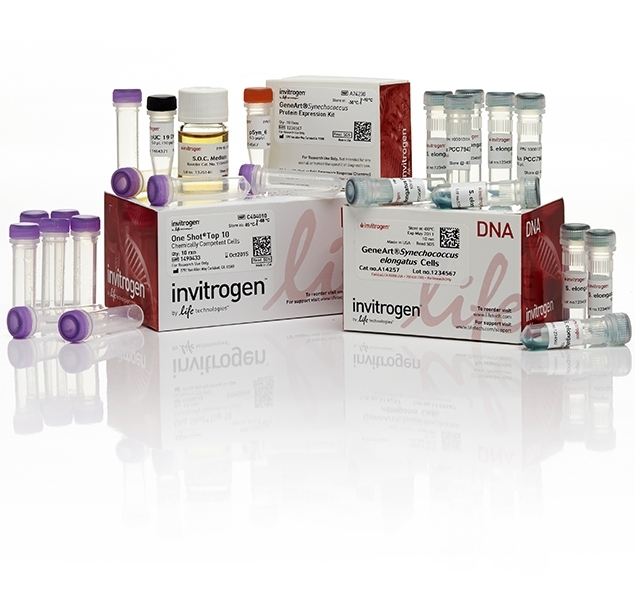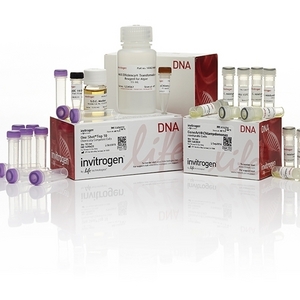New GeneArt Algae Protein Expression Kits from Life Technologies



Photo: Life Technologies Corp.
December 16, 2013
BY Life Technologies Corp.
Life Technologies Corp. announced that the company has expanded its GeneArt Algae Engineering portfolio. The new kits contain features requested by algae biologists and are designed to make work with algae simpler and faster. The GeneArt kits represent the first commercially available genetic modification and expression systems for photosynthetic microalgae Chlamydomonas reinhardtii and Synechococcus elongatus.
The GeneArt Chlamydomonas Protein Expression Kits and GeneArt Synechoccus Protein Expression Kits contain high-expression vectors capable of driving production of genes of interest to as much as 10 percent of total cellular protein. The kits also contain new proprietary transformation reagents that can boost introduction of DNA into cells by as much as a thousand-fold over what is typically achieved with current techniques.
“By combining high levels of both DNA transformation and protein expression, the new GeneArt kits allow investigators to move beyond basic research into more of a production mode and applied science,” said Nathan Wood, general manager and vice president of synthetic biology for Life Technologies. “These were features specifically requested by users of our first-generation kits, and we believe these capabilities will help algae biologists advance their field to level of ease that typifies work with yeast and E. coli.”
Advertisement
The new GeneArt kits also contain reagents and a protocol enabling researchers to freeze and store Chlamydomonas strains at minus 80 degrees Celsius. Algal researchers have traditionally relied on passaging strains indefinitely, which makes the cultures subject to genetic drift, and shipping live cultures on agar slants, which frequently become contaminated.
“A protocol for freezing their own clones is one of the most frequent requests we receive from customers,” said Wood. “It will facilitate standardization of these important model organisms and allow rapid exchange among investigators that will facilitate progress in the field.”
Advertisement
Algae serve as model organisms for the study of photosynthesis, circadian rhythms and nutrient-regulated gene activity, and are being investigated for production of biofuels, nutraceuticals and specialty chemicals.
*For research use only. Not for use in diagnostic procedures.
Related Stories
The USDA significantly increased its estimate for 2025-’26 soybean oil use in biofuel production in its latest World Agricultural Supply and Demand Estimates report, released July 11. The outlook for soybean production was revised down.
U.S. fuel ethanol capacity fell slightly in April, while biodiesel and renewable diesel capacity held steady, according to data released by the U.S. EIA on June 30. Feedstock consumption was down when compared to the previous month.
The U.S. EPA on July 8 hosted virtual public hearing to gather input on the agency’s recently released proposed rule to set 2026 and 2027 RFS RVOs. Members of the biofuel industry were among those to offer testimony during the event.
The USDA’s Risk Management Agency is implementing multiple changes to the Camelina pilot insurance program for the 2026 and succeeding crop years. The changes will expand coverage options and provide greater flexibility for producers.
The USDA’s National Agricultural Statistics Service on June 30 released its annual Acreage report, estimating that 83.4 million acres of soybeans have been planted in the U.S. this year, down 4% when compared to 2024.
Upcoming Events










